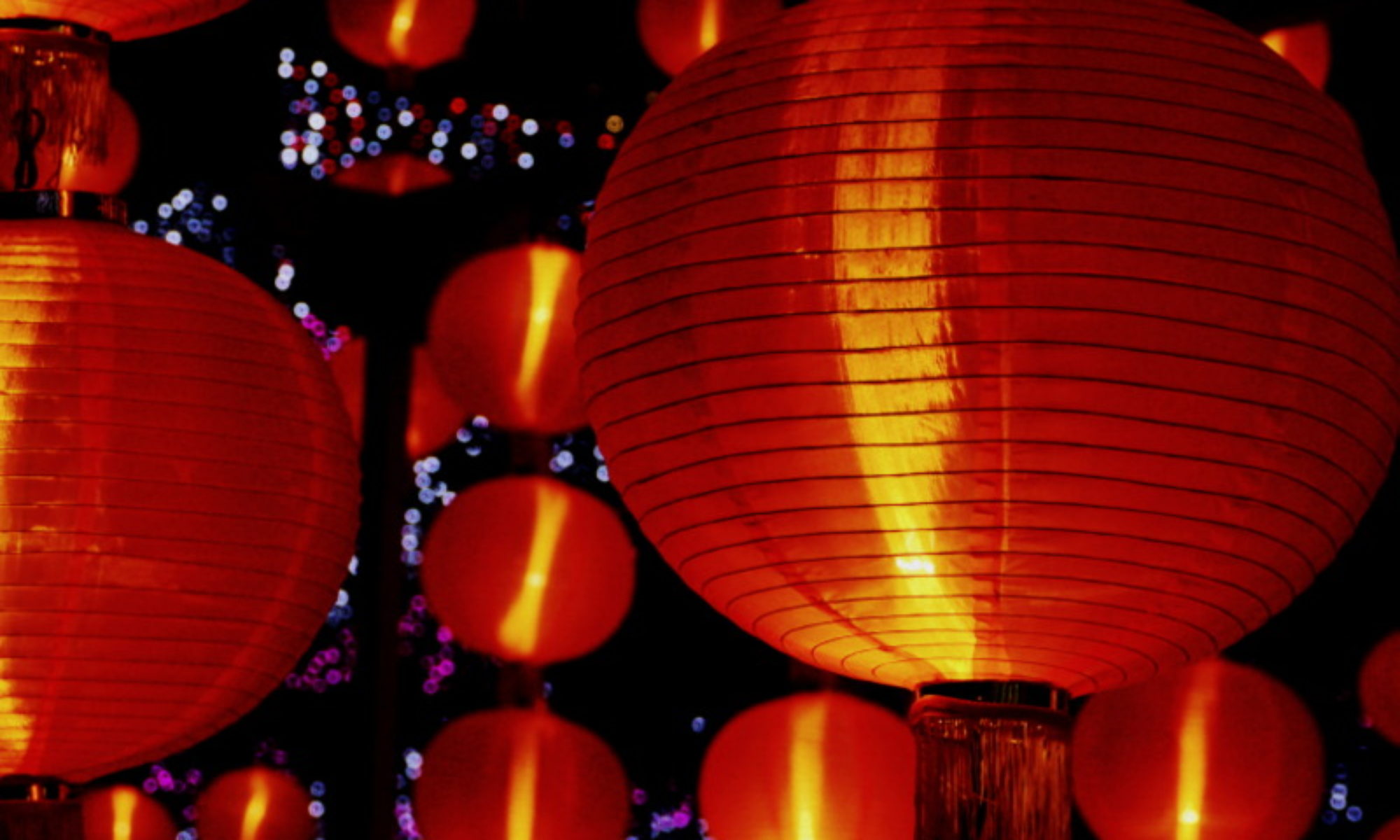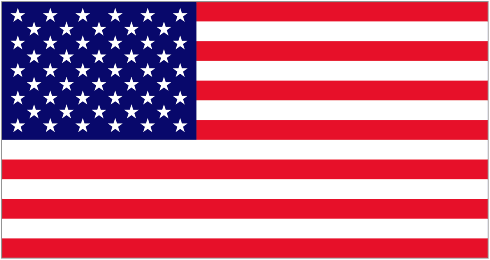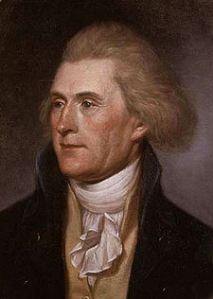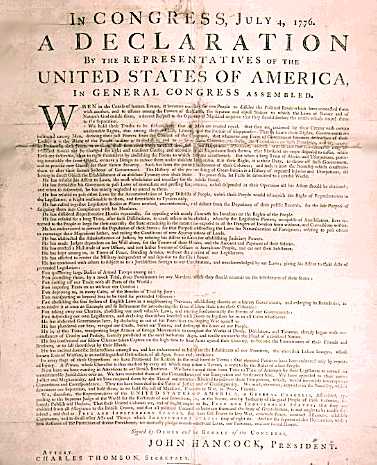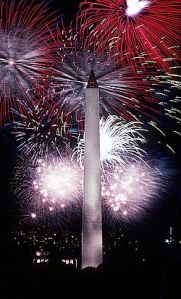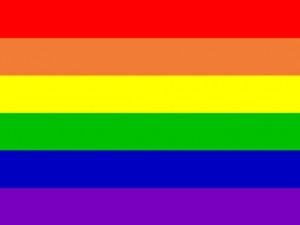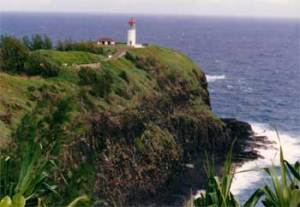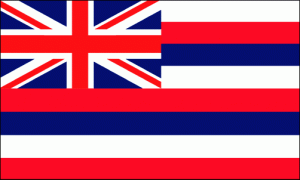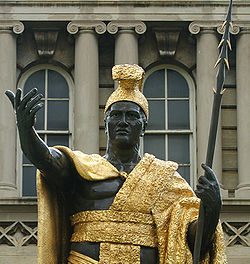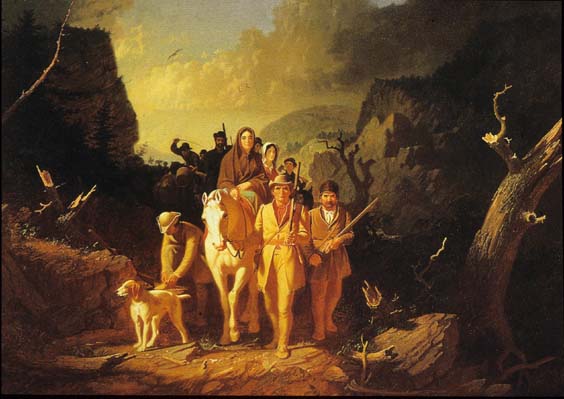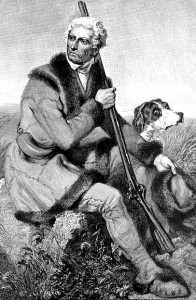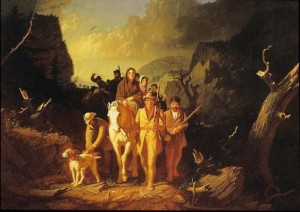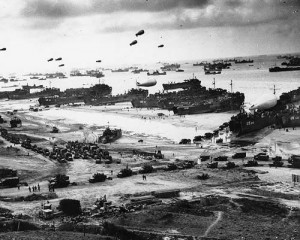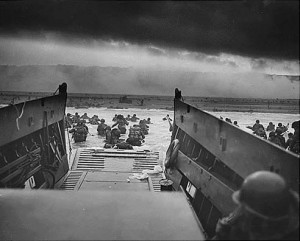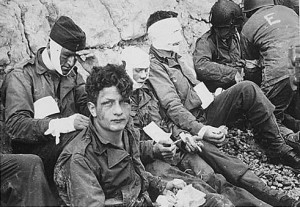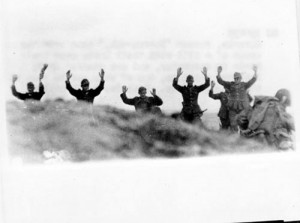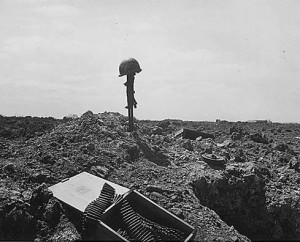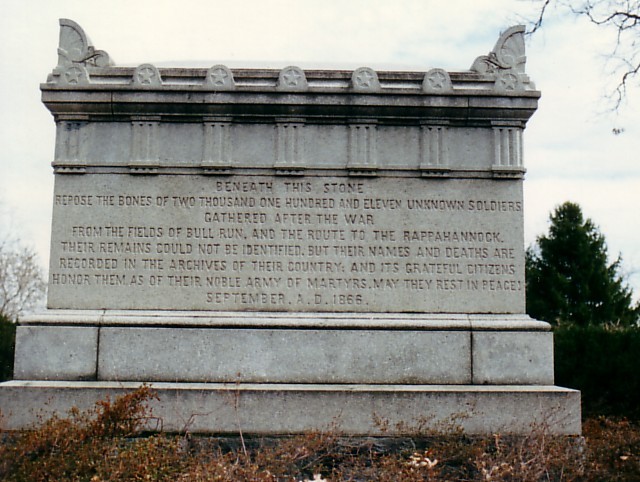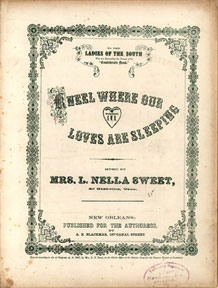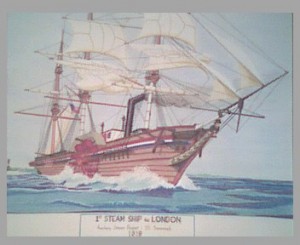4th Sunday in July
Yes, Parents’ Day is a real, official national holiday, just like Mother’s Day or Father’s Day. Celebrated on the fourth Sunday in July, it worked its way quietly through Congress in 1994 with bipartisan support and was signed into existence as a national holiday by President Clinton. Parents’ Day has mercifully hovered beneath the commercialism radar. And probably yours as well.
Normally I am not one to promote conspiracy theories on my blog (despite my own personal belief that Hollywood is run by a cadre of aliens from the planet Slebian) but the Parents Day origin story warrants some scrutiny.
In “Parents’ Day: History and Highlights“, political strategist Gary Jarmin writes:
“Gary L. Jarmin, Political Director for the American Freedom Coalition and chief coordinator for the lobbying campaign, originally submitted draft language to Congressman Dan Burton (R-IN) to make Parents’ Day a permanent day of commemoration…Burton introduced H. Res. 236 “to declare July 28, 1994 be recognized as Parents’ Day.” After a successful grassroots lobbying campaign, primarily led and coordinated by the State Directors of the American Freedom Coalition, the Congress adopted the resolution on March 11, 1994.”
According to the International Relations Center
…the American Freedom Coalition is closely tied to the Rev. Sun Myung Moon’s Unification Church. The Washington Post (March 30, 1988 ) has even described the AFC as a “Moonsponsored lobbying group.”
Yes, this is the same Sun Myung Moon who in 2004 “donned a crown in a Senate office building and declared himself the Messiah while members of Congress watched.” (NYTimes June 24, 2004)
The American Freedom Coalition and the National Parents’ Day Council share the same address as the Sun Myung Moon-sponsored Washington Times: 3600 New York Ave NE, Washington DC.
Members of the Unification Church call Sun Myung Moon “True Father” and his wife as “True Mother”. Collectively, “True Parents”. True Parents’ Day, honoring Moon and his wife, has been celebrated by the Unification Church for decades, though in March, not July.
Whether members of Congress realized exactly who was behind the creation of Parents’ Day is unknown. But it wouldn’t be the first holiday pushed through by less than transparent causes. We must remember that Women’s Day (March 8 ) and Labor Day were both supported by communist organizations, and for that reason met with much resistance, especially in the United States. Here, Women’s Day–celebrated on March 8 in the rest of the world–is barely recognized. And Labor Day–celebrated on May 1 in most countries–is observed in September.
Similarly, politicians in the 1980s hesitated to create Martin Luther King Day because of their belief that King was a communist sympathizer.
Sen. Helms delivered his speech on King on October 3 and later supplemented it with a document of some 300 pages consisting mainly of declassified FBI and other government reports about King’s connections with communists and communist-influenced groups…
Samuel Francis, American Renaissance
Regardless of the motivations behind our holidays, the holidays themselves tend to take on a life of their own over time. Just as the true origins of many religious holidays have been changed and obscured over the centuries, perhaps a hundred years from now the bizarre evolution of Parents’ Day will be supplanted by stories of noble parental deeds.
Today the holiday seems superfluous with Mother’s Day and Father’s Day falling in the preceding months, but who knows? Maybe Parents’ Day will take on a roll Mother’s Day was originally meant to fulfill. Julia Ward Howe called it Mothers’ Day for Peace. It wasn’t about honoring mothers. It was a day for mother’s to come together to work toward the future well-being of their children. To use their power to make the world a better place for the parents of tomorrow.
